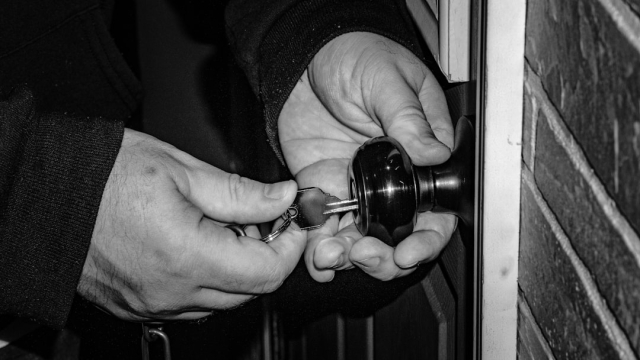Understanding Different Types of Locks and Their Maintenance Needs
Maintaining the integrity and functionality of your locks is essential for ensuring the security of your home or business. A well-maintained lock not only enhances security but also increases the longevity of the locking mechanism. By adopting effective lock maintenance tips, you can prevent potential issues and ensure your locks operate smoothly for years to come.
Understanding Different Types of Locks and Their Maintenance Needs
Locks come in various types, each with unique mechanisms and maintenance requirements. Understanding these differences is crucial for effective lock care. Here are some common types of locks and their maintenance needs:
| Lock Type | Common Use | Maintenance Needs |
|---|---|---|
| Deadbolt | Residential doors | Lubricate regularly; check for alignment |
| Padlock | Gates, storage units | Clean and oil the shackle; check for rust |
| Smart Lock | Home automation | Update software; check batteries |
| Cylinder Lock | Doors and cabinets | Regularly lubricate; inspect for wear |
Step-by-Step Guide to Regular Lock Maintenance
Regular maintenance of locks can prevent many common issues. Here’s a simple step-by-step guide to ensure your locks remain in optimal condition:
- Inspect Your Locks: Regularly check each lock for signs of wear or damage. Look for rust, loose screws, or misalignment.
- Clean the Lock: Use a soft cloth to wipe away dirt and grime. For stubborn dirt, a mild cleaner can be applied, but avoid using excessive moisture.
- Lubricate: Apply a suitable lubricant, such as graphite powder, to the keyhole and moving parts. Avoid using oil-based lubricants, as they can attract dust and debris.
- Test the Key: Insert the key into the lock to ensure it turns smoothly. If you encounter resistance, further cleaning or lubrication may be needed.
- Secure Screws: Tighten any loose screws or bolts that may affect the lock’s performance.
- Check Alignment: Ensure that the lock aligns properly with the strike plate. Misalignment can cause locks to jam or not function correctly.
Common Lock Problems and How to Prevent Them
Understanding common lock problems is crucial for effective lock maintenance. Here are a few issues you may encounter and how to prevent them:
- Sticking Locks: Often caused by dirt accumulation or lack of lubrication. Regular cleaning and lubrication can prevent this issue.
- Worn Keys: Keys can wear out over time, leading to difficulty in turning locks. Replace worn keys promptly and keep a spare to avoid being locked out.
- Rust and Corrosion: Particularly in outdoor locks, rust can hinder functionality. Regular cleaning and the application of protective coatings can help prevent rust.
- Misalignment: Locks can become misaligned due to shifting doors or frames. Regularly checking alignment can prevent jamming or locking issues.
Incorporating these lock maintenance tips into your routine can greatly enhance the functionality and lifespan of your locks. Whether dealing with residential, commercial, or specialized locks, a proactive approach to maintenance will save you time and money in the long run. For more detailed guidance and assistance with lock maintenance, consider reaching out to a professional locksmith who can provide expert advice tailored to your specific needs. You can find more helpful insights on lock maintenance tips at drkeylocksmith.com.



